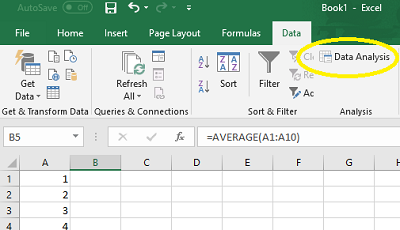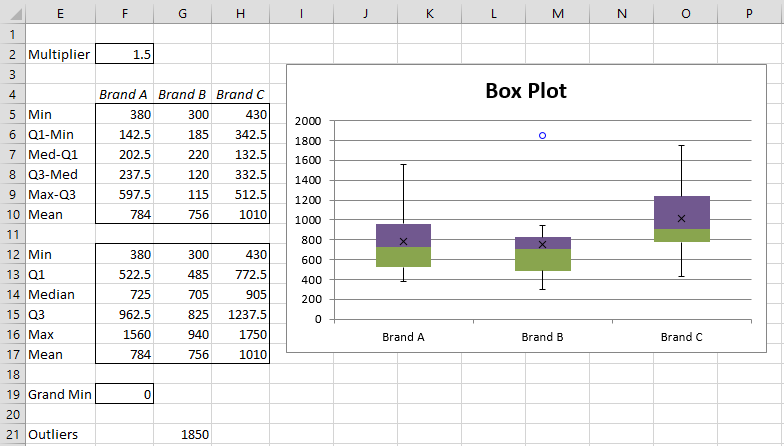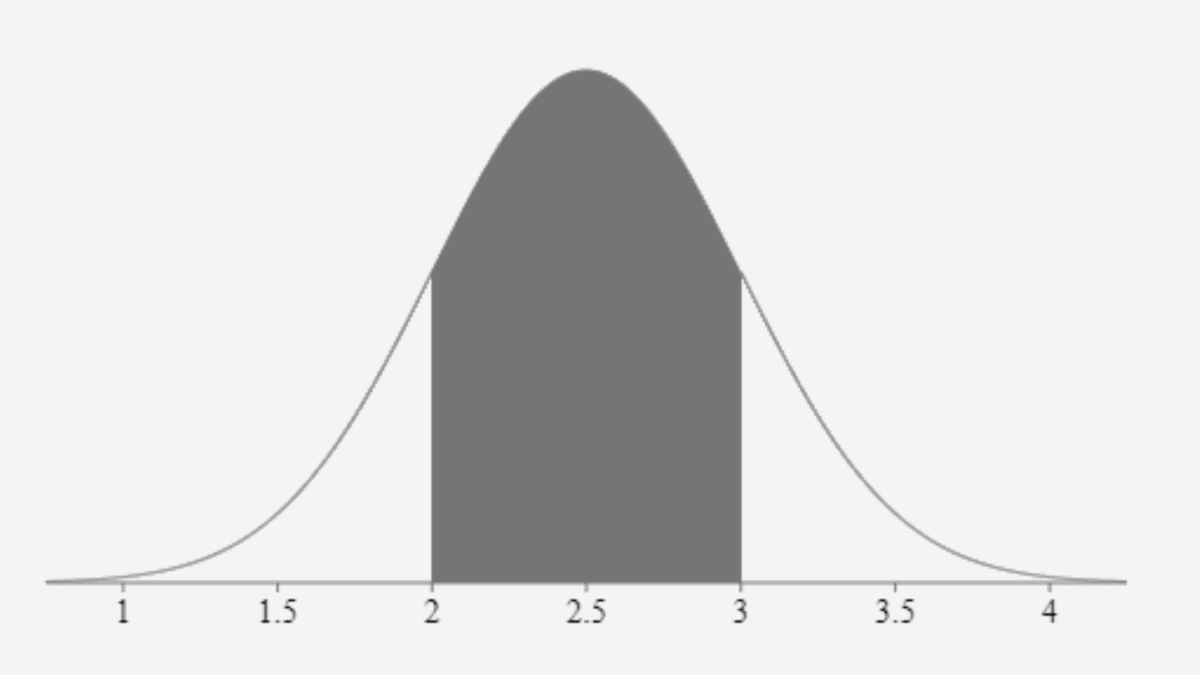

- #Excel average and standard deviation chart in office 2016 how to
- #Excel average and standard deviation chart in office 2016 code
AddDataField pTable.PivotTables(strTblNme).PivotFields(CStr(e(0))), "Data-sets of " & CStr(e(0)), xlCount Set myPiv = pTable.PivotTables(strTblNme) (SourceType:=xlDatabase, SourceData:=wksIndexName & "!" & rPivot.Address(ReferenceStyle:=xlR1C1)).CreatePivotTable TableDestination:="", TableName:=strTblNme, DefaultVersion:=xlPivotTableVersion10ĪctiveSheet.PivotTableWizard TableDestination:=ActiveSheet.Cells(3, 1) If wsExists(wksPivotTable, wkbNow) Then wkbNow.Sheets(wksPivotTable).Delete ' Clean up and delete old pivotTable and pivotChart ' arrColumn: array field, contains info about the column field ' arrRow: array field, contains info about the row field ' arrData: array field contains four infos about every field ' strTblNme: future name of the pivot-table ' This macro creates a pivot-table and a pivot chart based on the data in rPivot.
#Excel average and standard deviation chart in office 2016 how to
but I dunno how to make the standard deviation (sample) appear as the y-error in my chart.Ĭode Sub addPivotTable(wks As Worksheet, rPivot As Range, strTblNme As String, arrData As Variant, arrRow As Variant, arrColumn As Variant, strNFormat) But it does not contain the standard deviation (sample), whereas this is exactly what I can calculate in the table. I know, there is the button to add a "y-error" where you can choose from. but for the pivot-chart, I don't know how to do so, cause relying on defined data-ranges for the chart, would not be a good idea in case somebody simply rearranges the pivot-chart, I fear.īelow you find the code, I have been able to make up so far, I appreciate any help, But I cannot get the chart to show the "Standard Deviation" as a y-error of the "average"-values! (Also, but this is less important, I neither get to show the "amount of data" ON the correspondent column.) For a usual chart, I do know how to add the y-error.
#Excel average and standard deviation chart in office 2016 code
Reached so far: What I have been able to encode is the establishment of the pivot-table and the chart (see code below). I don't think that is something new or unusual, but I simply haven't found out, how to do so at all (in VBA). I would like to have the pivot-chart show a xlColumnClustered Chart with the "average" and the "Standard Deviation" ( as y-errors of the average!!!) - and if possible the "amount of data-sets" in/on/next to the correspondent column. My problem: In particular, I have a pivot-table with all "amount of data-sets", "average" and "Standard Deviation" of my data, which I'd like to visualise in a pivot-chart. But I am still having problems with its pivot-charts, especially in VBA. Hoping one of you can point me in the right direction.I've just discovered how extraordinarily usefull pivot-tables can be. I have hit a wall and unable to figure out the correct way to do this in DAX. Since EquipIDRatio is a measure, to calculate Std Dev., I need to construct a virtual table as I have done above, but containing only the 3 relevant values for each Date or Index. On day 4, I need to take the Ratio values from Day 2 - 4. So on day 3, I need to take the Ratio values from Day 1 - 3 This number is the Standard Deviation of the EquipmentIDRatio of the current day + the previous 2 days.


This is the number I am trying to replicate in DAX. The Standard Deviation in the last column was calculated in Excel. VAR _table = SUMMARIZE(FILTER(GeneralStatistics, GeneralStatistics 0),"_EquipIDRatio",) I am able to calculate Standard Deviation on my database as a whole using this DAX provided by and = My sample data looks like this: DateĮquipIDCount, TotalVisits and Equipment IDRatio are all Measures.ĮquipIDRatio is a measure - simply (EquipIDCount / TotalVisits).ģDayVisits and 3DayEquipID are moving average calculations wherein I use the Index to Sumx the 3 values (Current Day +2 prior days). I am trying to calculate the Standard Deviation of a Measure based on a 3 Day Moving Average (i.e. Reaching out to the DAX experts out there.


 0 kommentar(er)
0 kommentar(er)
